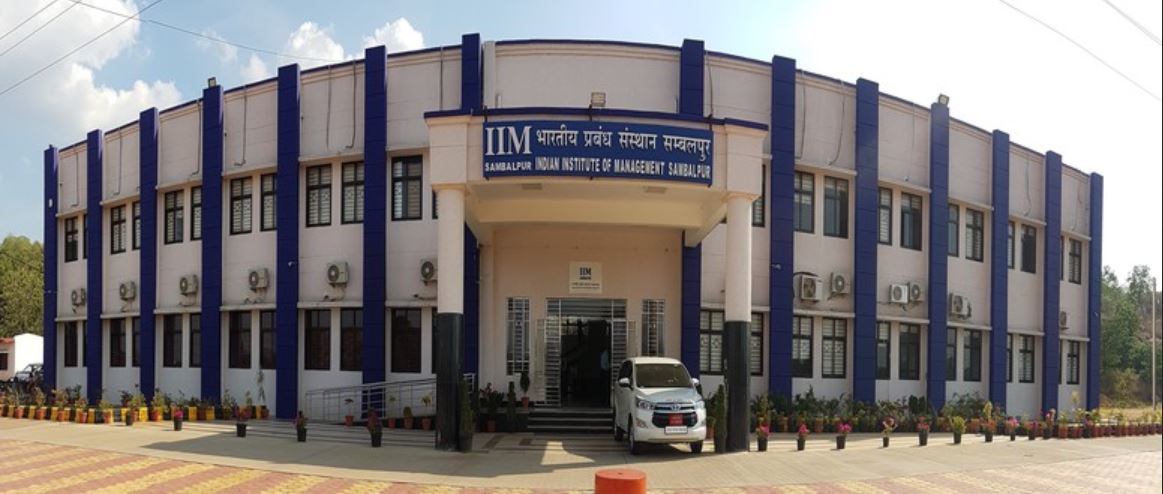Huma’s religious bend
The Leaning Tower of Pisa is a well-known structure the world over. But, have you ever heard of a leaning temple? Yes, we do have a unique temple with a leaning tower in Orissa. The place is the small village of Huma and the temple is dedicated to Lord Shiva, known as Vimaleshwara.
 At about 28 km from the city of Sambalpur, the town famous for the huge dam of Hirakud and the colourful Sambalpur sarees, is a little hamlet called Huma on the left bank of River Mahanadi. Here, on a rocky bed, stands an ancient temple. A distinct feature of its appearance is that one of the towers is leaning peculiarly at an angle. Though other structures and towers are vertically straight, the pink tower is tilting towards the north-east.
At about 28 km from the city of Sambalpur, the town famous for the huge dam of Hirakud and the colourful Sambalpur sarees, is a little hamlet called Huma on the left bank of River Mahanadi. Here, on a rocky bed, stands an ancient temple. A distinct feature of its appearance is that one of the towers is leaning peculiarly at an angle. Though other structures and towers are vertically straight, the pink tower is tilting towards the north-east.
This mysterious phenomenon seems to have baffled architects, historians and researchers for a long time. Even the curious visitors are left to wonder whether this feature happened by chance or by choice. Nevertheless, this distinct feature and the reason for it has remained incognito and has not received the publicity it deserves.
But, like any other ancient monument, the temple of Huma too has a couple of legends woven around it. According to one belief, a milkman used to come to the rock here and pour some milk everyday, which was apparently consumed by the rock. This phenomenon induced people to construct a temple. Another theory says King Ananga Veema Deva III suffered from tuberculosis and prayed for relief from his suffering. According to a divine message that he had received, he went to the rocky bank at Huma and found a leaning shivalinga and as ordained, he built a temple with a leaning tower, which goes to say the tower was built so purposefully.
More plausible reasons attributed to the temple’s leaning state are the river currents or the seismic movements underground. Interestingly, only the middle portion of the tower is tilting and not the base on which it stands, or the crown.
The temple itself was built by King Baliar Singh, the fifth linear descendant of Chauhan rulers, during 17th century. The Chauhan rulers of Sambalpur were known for building temples with precise architectural plans. However, this one shrine seems to be an exception. In fact, the temple complex at Huma also has other shrines like the temples of Bhairavi and Bhairo, adjacent to the main structure, which do not lean.
The backyard of the temple leads to Macchindraghat, the bathing ghat. Here scores of Red Kudo fish swim about uninhibited, for they are protected by the temple authorities. The fish are so tuned to the visitors that they can eat the offering from the hand.
Apart from the peculiarity of the leaning tower, the place itself is quiet and serene with the gently flowing Mahanadi and sparse jungles all around. The leaning temple of Huma, which is the only one of its kind, needs some attention and more concrete steps for its preservation.
Sambalpur, Odisha, India






 IIM Sambalpur
IIM Sambalpur
Leave a Reply